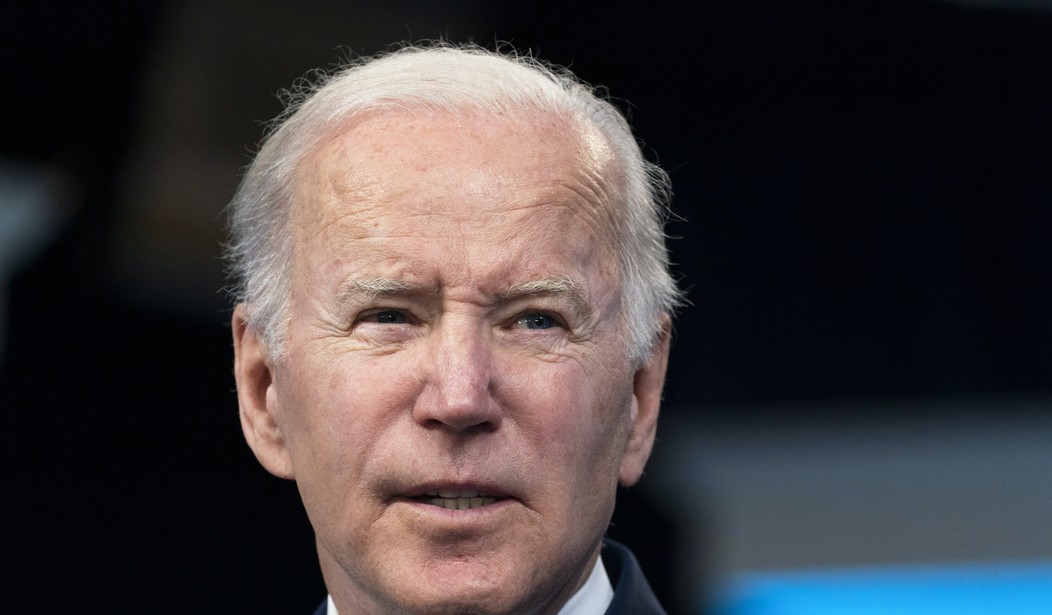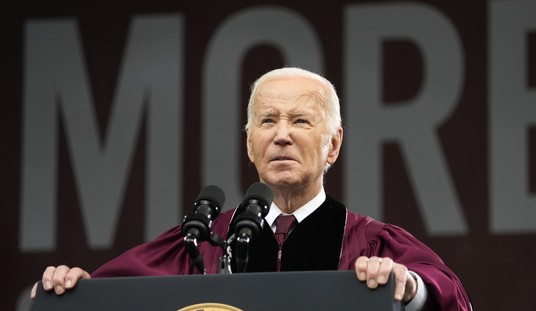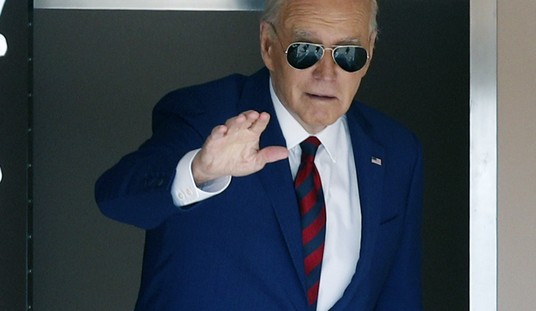Last week’s leak of a draft decision from the Supreme Court was an unprecedented break from tradition and trust, but it is sadly emblematic of the state of our nation’s government today. The federal government’s dysfunction continues to degrade public trust in our institutions.
Among the top issues affecting the American public in 2022, there is no better example than inflation to demonstrate the ongoing dysfunction of our federal government. In the early days of 2021, after nearly a year of economic chaos stemming from the global pandemic and government-imposed shutdowns, the federal government passed yet another massive bill known as the American Rescue Plan. It was sold under the guise of distributing vaccines and stimulating the economy. However, the $2 trillion price tag raised eyebrows as the fourth major COVID related legislation in a year, leading many critics to predict it would trigger inflationary concerns. As my group and others have analyzed the spending coming out of the American Rescue Plan, the apparent frivolity of many programs has bolstered assessments of critics that the law’s price tag was excessive. So much of this massive bill is going to long-term spending priorities, and even part of the spending that could arguably be related to the pandemic is stretched out over years.
Federal indifference to the inflation crisis continued throughout 2021. Despite standing up a federal supply chain taskforce, the Transportation Secretary leading the effort took two months off for paternity leave with little notice given to the public. Meanwhile, we were told that the leading solution was yet another massive spending bill, the President’s infrastructure plan. That $1.2 trillion law has done little to quell concerns that the government may be writing more checks it can’t cash. Instead of addressing the supply chain pressure on inflation head on, what has resulted is the perception that the Administration is pursuing expensive policy goals at the expense of the promised “roads and bridges.” The plan to prioritize projects “that maximize the existing right-of-way for accommodation of non-motorized modes” cannot be expected to ease inflationary pressure from the supply chain woes.
Recommended
The diversions, downplaying, and finger-pointing over inflation have since gone into hyperdrive. In November, Federal Reserve Chairman Jerome Powell finally acknowledged the use of the term “transitory” to describe rising inflation was not accurate. A few weeks later, Secretaries Granholm and Buttigieg appeared to embrace the rising gas prices as a welcome catalyst for Americans to buy electric vehicles. Vice President Kamala Harris soon joined in the call for a green transition thanks to inflation.
Next came the finger-pointing to Russia’s invasion of Ukraine. The so-called “Putin price hike” was uniformly rolled out by Cabinet officials and senior government officials. By this point, inflation across the economy and in energy prices specifically had been climbing for a year. The annual rate already measured 7.5 percent in January, before Russia’s invasion, so the talking point quickly fizzled. It is laughable to try to blame Russia for the inflation rate increases that continued many months before the invasion of Ukraine.
The latest argument appears to be that mere discussion (or avoidance) of the topic of inflation is a measure of partisanship, seemingly discarding the irrefutable evidence of rising prices and their harmful impact on our daily lives. The durability of this talking point could be shattered by the recent economic numbers showing that U.S. GDP retracted 1.4 percent in the first quarter of 2022, with a formal recession seeming more and more likely to be declared by mid-summer. Raising concerns about inflation and asking what the federal government is doing or not doing to address it is not partisanship.
Regardless of whether the lofty goals promised from last year’s American Rescue Plan or the infrastructure law come to pass, their impact on our economy already seems clear. Government policies dealing with the pandemic and supply chain issues and Cabinet leaders’ apparent excitement about higher energy prices facilitating their renewable energy transition all muddy the issue further. This government’s dysfunction over the last year has left many Americans wondering what the priorities of the current Administration really are. Does it intend to finally acknowledge our inflation crisis and reverse course on policies that may be driving it? My group, the Functional Government Initiative, is digging into all these issues to try to find out.

























Join the conversation as a VIP Member